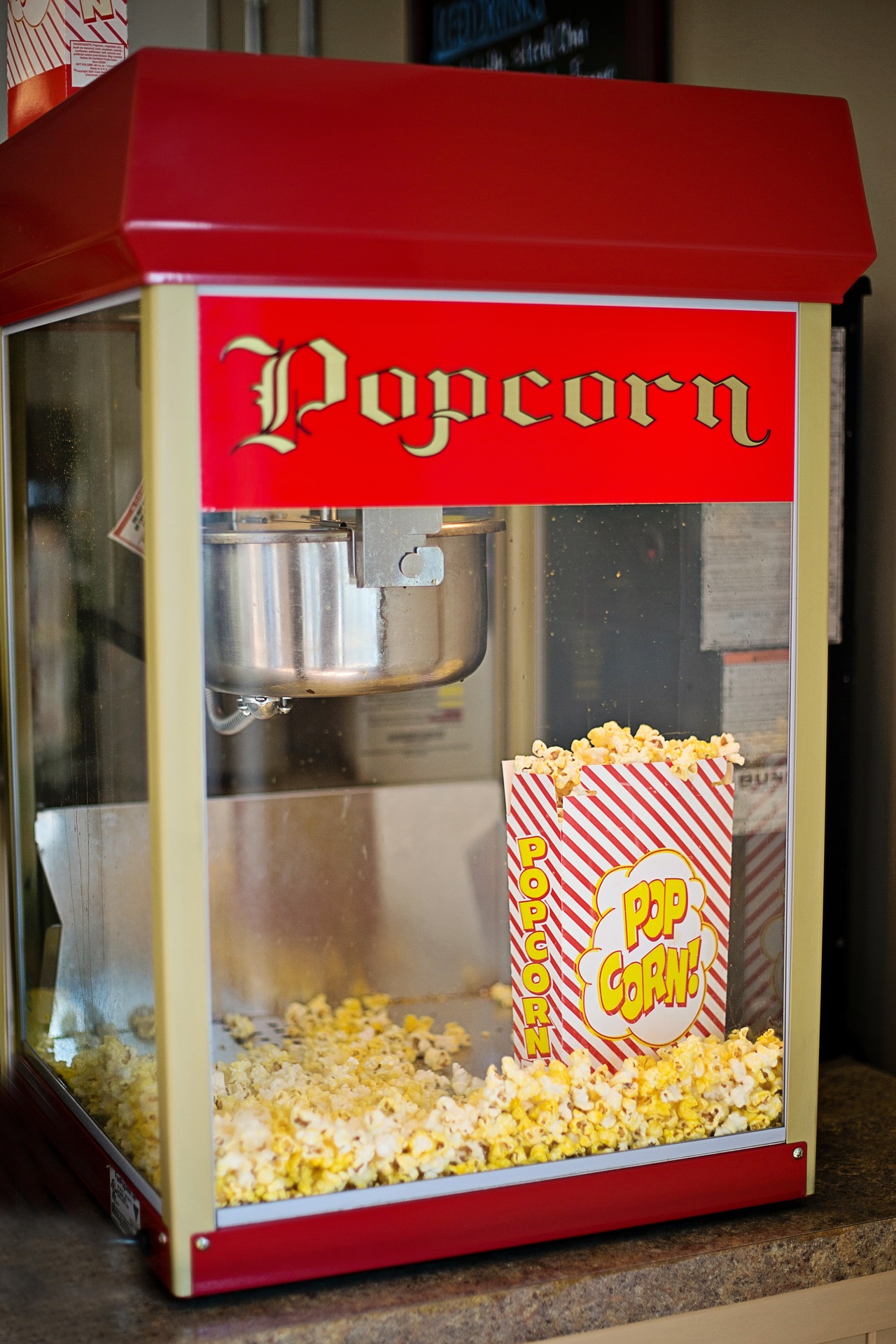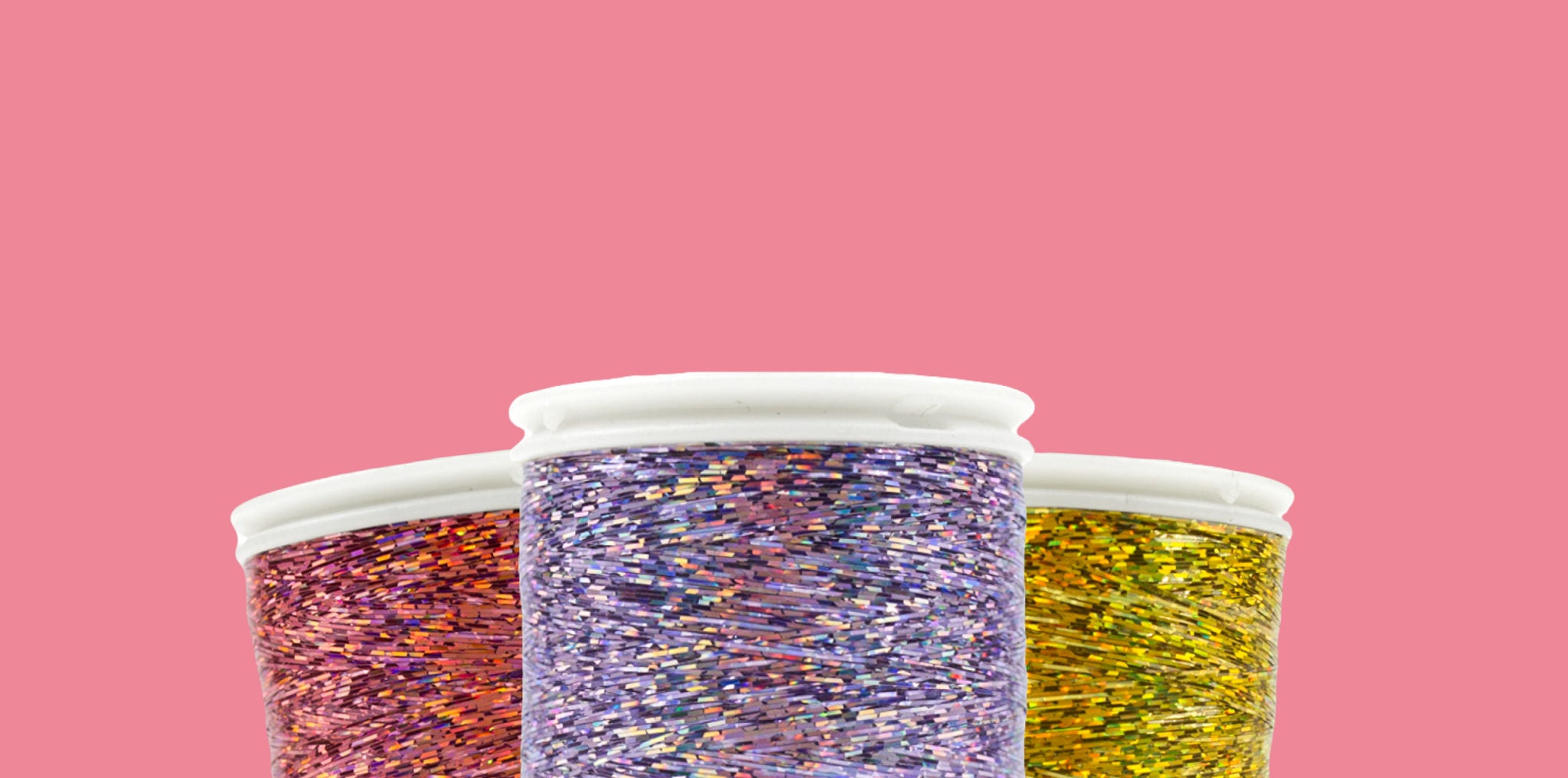Table of Content
It makes no difference which type of popcorn you use; it’s great for popping, but it’s best to use one for popping. Anyone who enjoys popcorn will enjoy these easy gourmet popcorn recipes. These recipes come in a variety of flavors, including buttery, truffle, and herb varieties as well as a sriracha lime flavor. Melted butter can be used to combine all of the ingredients in this recipe… Is that as simple as getting any easier? Popcorn enthusiasts will appreciate these gourmet popcorn recipes, which will be a must-have. These recipes are sure to satisfy your sweet tooth with crisp, salty, buttery, and nutty flavors.
It often contains a lot of salt, the flavorings are artificial and people tend to eat too much because of the large portion size of most bags. A serving size depends on the type of popcorn you are eating, but for reference, one cup of plain popcorn is about 30 calories. Be cautious because once you start adding toppings, the calorie count goes up pretty quickly.
Burned or Unpopped Kernels
Learn more about Christine, her cookbooks, and her podcast. After years of working in professional kitchens, Lindsay traded her knives in for the pen. Get our best recipes, grocery finds, and clever kitchen tips delivered to your inbox. Delaware-based Daisy Cuinn has been writing professionally since 1997, when she became the features editor for her local biweekly music newspaper. She has been a staff writer and contributor to online and offline magazines, including "What It Is!," Celebrations.com and Slashfood.
Popcorn has been enjoyed for ages, both as an at-home snack and a movie theatre staple. Popping popcorn typically provides multiple preparation options for the consumer, as most can be cooked in either the microwave or on the stovetop. If you're feeling adventurous, popping popcorn can also be cooked over a campfire or in a large kettle for a different flavor profile. Regardless of how you make it, traditional popping popcorn gives you more control in the cooking process and allows for more options when it comes to flavor.
Amish Country Popcorn Baby White
But…Grace over at Leite’s Culinaria shows us that the perfect popcorn is made in a Wok. All you need is a bit of oil, some popcorn kernels and a large Wok with a lid. There are tons of ways to create flavorful seasoned popcorn! Feel free to experiment with different combinations, adding seasoning and tossing the popcorn before tasting and adding more. You’ll want to add melted butter or oil to help the seasonings stick.

Popcorn kernels, in addition to being a healthy snack option, contain a lot of fiber, magnesium, iron, and zinc. Allow the popcorn to air out a little before popping it. If you want to avoid burning the kernels during the first few minutes of the process, gently slide the pan around on the burner.
How To Pop Popcorn On the Stove
Add two tablespoons of any oil with a high smoke point and 1/3 cup popcorn kernels to the pot and cover it with a lid. Using medium heat, cook the popcorn until the kernels start popping. Shake the pan to help the popcorn heat evenly for two to three minutes, until all the kernels have popped. If you wrap the lid of a pot with a towel, the kernels will remain intact without becoming soggy.
When they pop, they’re forced out of the popping bowl and into a storage area where they’re ready for seasoning. You can also make air popped popcorn in an air fryer. Line the bottom of the basket with aluminum foil and add 1/2 cup of popcorn kernels in a single layer. Cook the popcorn for eight to ten minutes, turning the appliance off when you hear it stop popping. Let the popcorn rest for an extra minute or two just in case any extra kernels want to pop after the fact. If you don’t own an electric air popper, don’t despair.
What Is Popcorn, and Why Does It Pop?
Turn the heat back up to medium, put the pot back onto the burner and continue cooking the popcorn, carefully shimmying the pot occasionally to cook the kernels evenly. Once the kernels start popping, tip the lid just a touch to allow steam to escape . Once the kernels pop, turn off the burner, remove the pot from the heat and pour in the remaining popcorn kernels.

In a batch of popcorn, you should use about a tablespoon of oil. It’s a popular snack, but it’s not all popcorn the same. Popcorn’s taste and nutritional value can be significantly improved by using the correct type of oil. Because popcorn on the stovetop is relatively light in color, only two tablespoons of oil per half cup of kernels are required for stovetop popping.
Next, shake the pot for a few seconds to ensure that all kernels are coated in oil. Remove it from the heat immediately when the popping is about five seconds apart. Movie-theater popcorn might be far from healthy, but air popped popcorn is actually one of the healthiest kinds of popcorn.
It’s similar to the paper bag method but it doesn’t require the paper bag. Although I used to buy lots of flavored microwave popcorn, I’ve stopped in favor of popping my own. It’s cheaper and leaves me in control of the sodium, sugar, and flavor.
Using large heavy bottom soup pot, 10 qt or 15 qt. Use just enough oil to ‘wet’ the bottom of the pot or better to have the kernels really wet with oil? Last time I tried the bigger pot I had way too many un-popped. Cheap pots don’t distribute heat evenly, and you can end up with hot spots that burn the popcorn.

The Whirley Pop sits on top of the stove and requires just a touch of oil. Josh from Two Peas and Their Pod makes his favorite Kettle Corn Popcorn with this method. Another option for popping popcorn in the microwave is the easy and simple Microwave-in-a-Bowl method.
How can you make flavored popcorn?
Plus you'll get recipe ideas and inspiration for ways to dress up your freshly made, from-scratch popcorn. Heat the oil in a 3-quart thick-bottomed saucepan on medium high heat. If you are using coconut oil, allow all of the solid oil to melt.

When television took over American life, the consumption of popcorn doubled. Popcorn has a much more stable hull that allows it to burst open rather than corn that is not as stable. Because it is a whole grain food, it is low in calories and has a high level of carbohydrate content. When making popcorn at home, the amount of salt you use can be adjusted to your personal preference. For a small batch of popcorn, start with 1/4 teaspoon of salt.

No comments:
Post a Comment